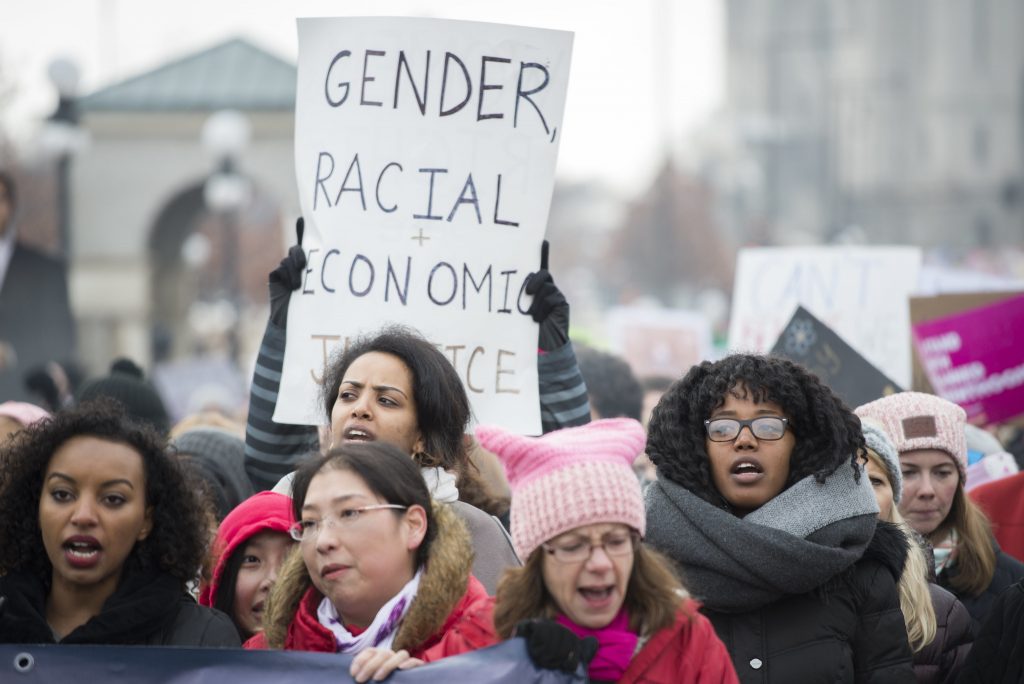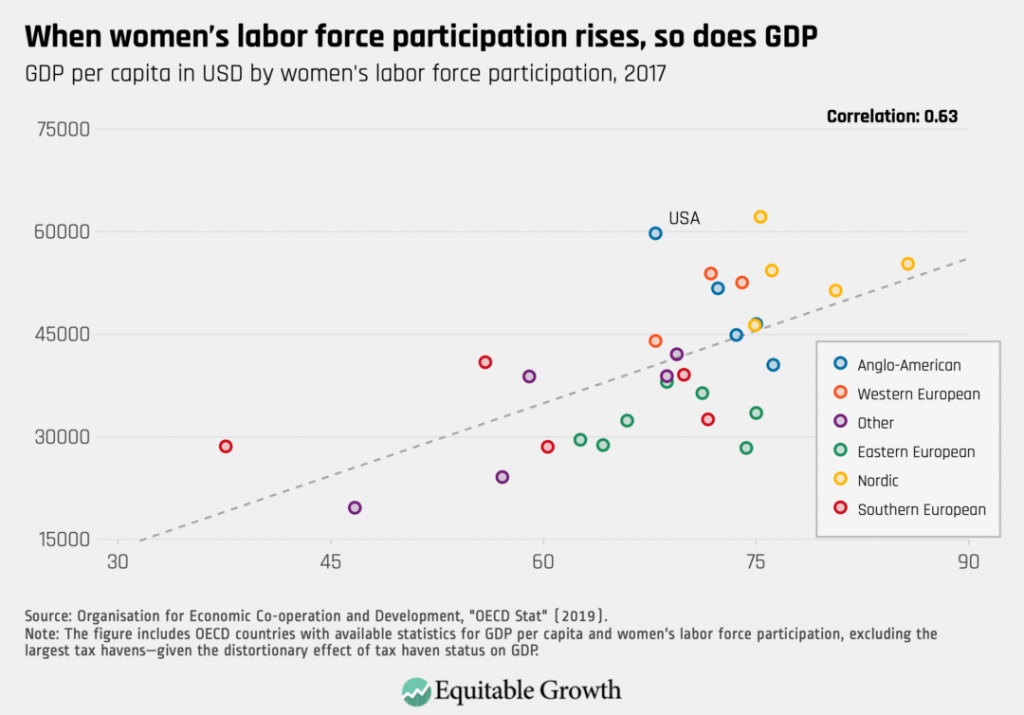The U.S. child care crisis costs the nation $57 billion a year in lost earnings, productivity and revenue.

With Biden’s American Families Plan on the table, politicians and pundits are debating the cost of child care—whether and how much we can afford to invest in child care and early childhood education. Research reveals, however, that the real issue is the cost of not investing in childcare—costs that fall on not only women but also employers and the economy as a whole.
ReadyNation and the Council for a Strong America estimate the U.S. child care crisis costs the nation $57 billion a year in lost earnings, productivity and revenue:
“Almost two-thirds of parents facing child care struggles report leaving work early, and more than half report being distracted at or missing full days of work. An overwhelming 86 percent of primary caregivers said problems with child care hurt their efforts or time commitment at work.
“The predictable impact: One-in-five say they’ve been reprimanded, 8 percent have been fired, and just over one-in-ten have been demoted, transferred or fired. Meanwhile, productivity problems cause employers to lose $12.7 billion annually due to child care challenges faced by their workforce. Taxpayers also suffer, with lower tax revenues.”
The lack of child care infrastructure in the U.S. depresses the country’s economic growth. Economic health is measured by the gross domestic product, or GDP, which is a monetary measure of the market value of all the final goods and services produced. GDP growth is determined by labor force growth plus productivity growth. The lack of child care infrastructure in the U.S. hurts the economic growth by depressing women’s labor force participation.
Since 2000, the U.S. has fallen behind peer nations in women’s labor force participation. Experts attribute this decrease in part to a lack of affordable, high-quality child care.

Compared to 36 peer nations, the U.S. ranks 35th with regard to public spending on early childhood education and care. Government spending on childcare and early education in other countries has had a strong positive impact on women’s labor force participation and the countries’ economic growth.
The U.S. failure to invest in childcare also removes hundreds of billions of dollars from the national economy each year. A new study by the National Partnership for Women & Families estimates the value lost due to unpaid caregiving, the care that women provide for their children, families and elderly loved ones that is not counted as part of the economy. In 2020, 65 million women provided unpaid caregiving.
According to the study, if mothers were paid the current minimum wage for their caregiving, it would total $416 billion, compared to fathers which totaled $206 billion. This value increases significantly if parents were paid a $15 minimum wage: Mothers would make a total of $861.3 billion compared to $426.2 billion for fathers. And if mothers and fathers were paid the median wage for domestic workers, they’d make a total of $689.6 billion and $341.2 billion, respectively. Valuing this labor would give a significant boost to the GDP.
President Biden’s American Families Plan proposes direct support to families to ensure that low- and middle-income families spend no more than 7 percent of their income on high-quality child care. It would also provide $200 billion for free universal pre-school for all 3- and 4-year-old children.
U.S. Representative Jackie Speier (D-Calif.) and the Democratic Women’s Caucus are taking the lead in calling for a full investment in the child care as infrastructure, including $700 billion over 10 years for high-quality child care. “For every $1 invested in early childhood education, there is a $4 to $9 return to society over a child’s lifetime,” writes Speier in an op-ed for Ms.
“The U.S. talks a good game on ‘family values,’ but just does not deliver. It’s time to change course. Investing in child care could increase our GDP by $274 billion per year, and the price of not making this investment is too great.”
Up next:





